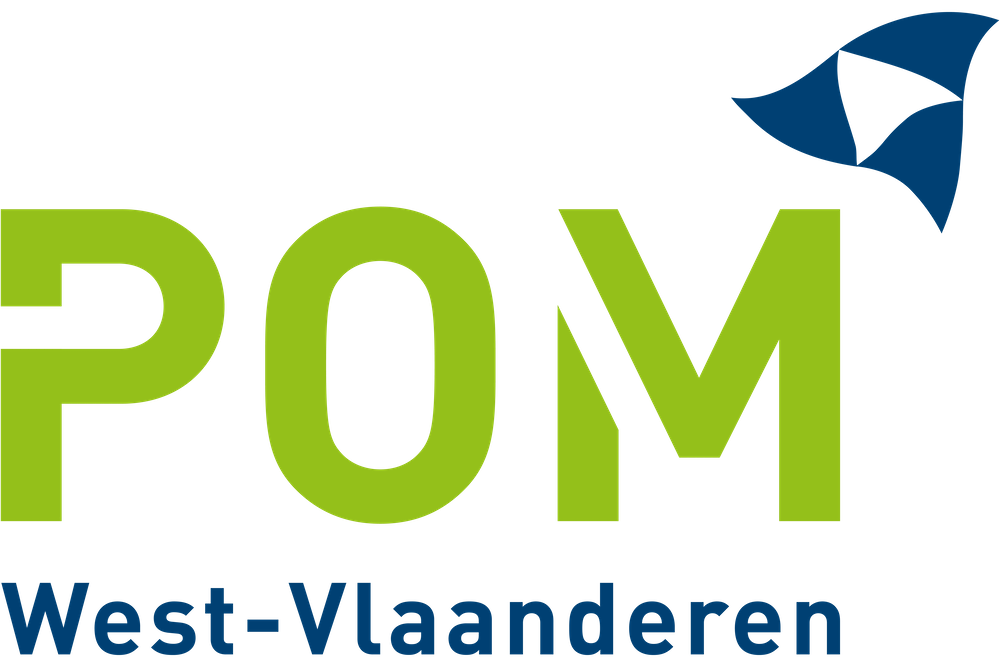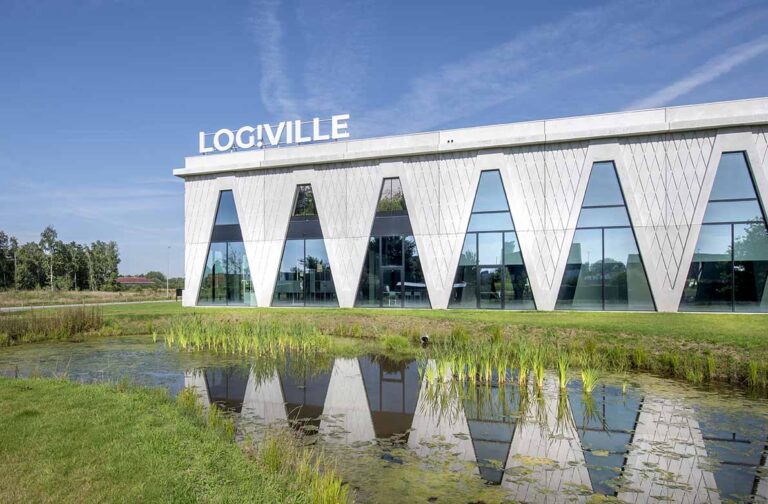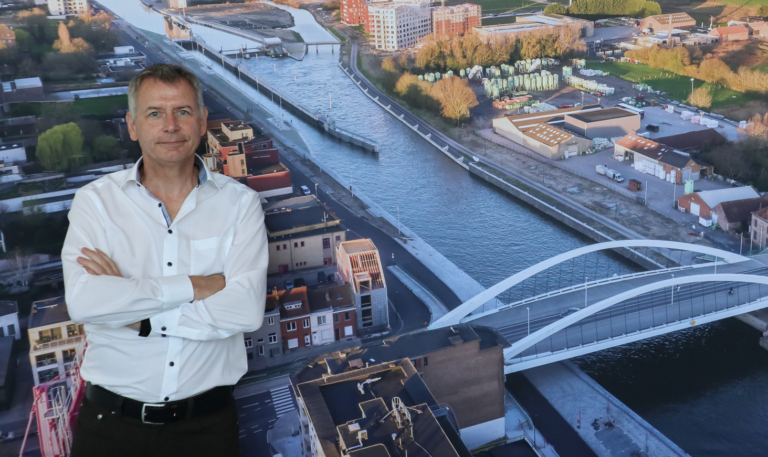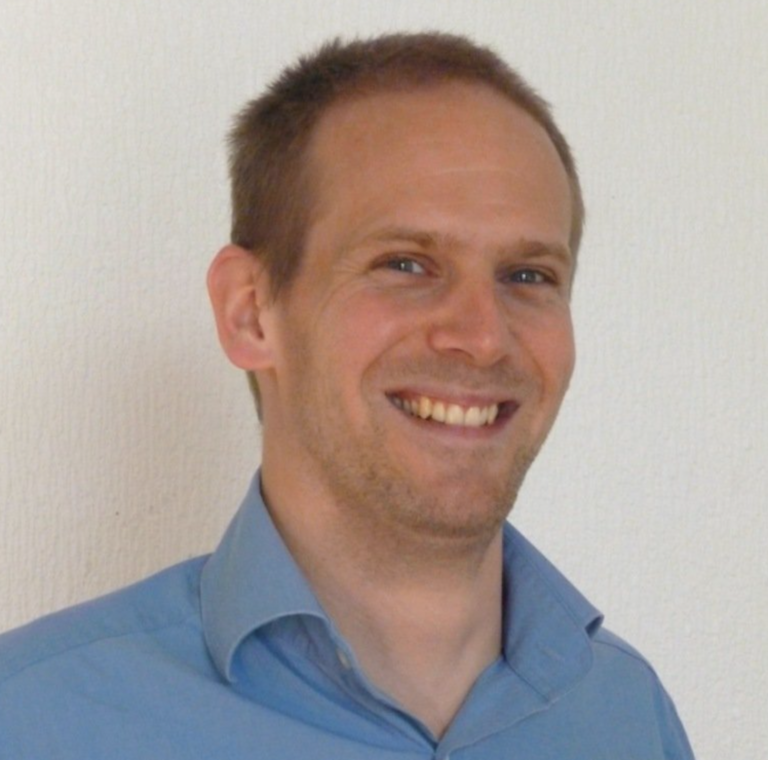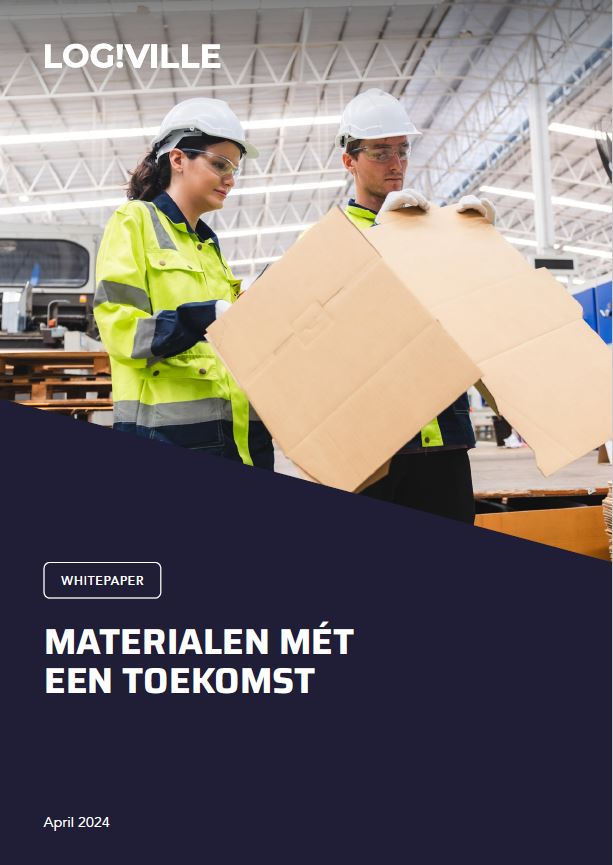Barbara Peene (POM West-Flanders): “Future Logistics Hub puts businesses on the road to the Physical Internet”
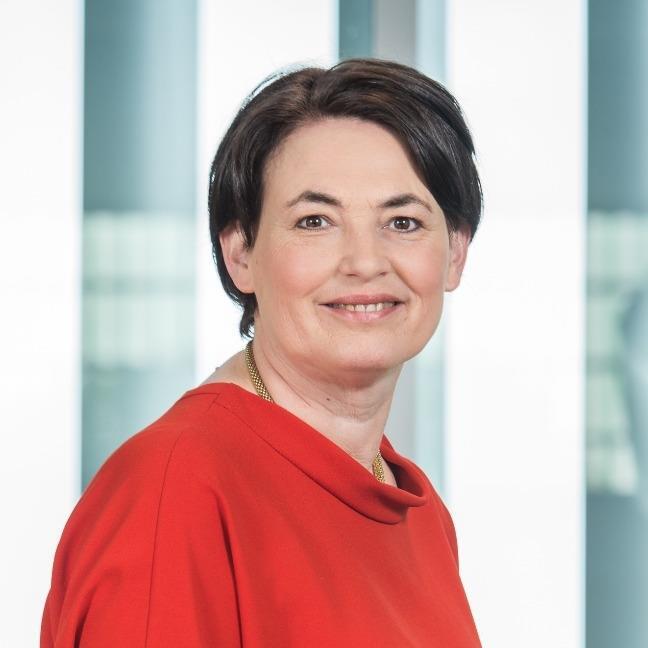
POM West-Flanders – Collaboration Partner of Log!Ville – opened the Future Logistics Hub in the ABC tower in Zeebrugge around one and a half years ago. This interactive experience centre was founded to inform and inspire businesses, governmental bodies, college/university and post-graduate students about the logistics of the future and, more specifically, the Physical Internet. The initiative is complementary to Log!Ville and the two organisations are increasingly working together.
While Log!Ville focuses on mature technologies that are yet to become mainstream, the Future Logistics Hub concentrates on the Physical Internet. This is an open network of connected logistics hubs and services within which physical objects are installed, stored, supplied and used in the most efficient way possible. Or, in other words, it is a network of logistics hubs within which transport volumes and transport methods are aligned with one another via the exchange of data.
The concrete use of the Physical Internet, the basis for the sustainable and synchromodal goods flows of the future, is not yet a genuine option but businesses can now begin to anticipate its various aspects. Barbara Peene, Programme Manager Physical Internet at POM West-Flanders: ‘The Future Logistics Hub informs and inspires visitors by enabling them to interactively discover what the Physical Internet is, how they could optimise their supply chains, and what the added value of multimodal transport could be. We run through the various building blocks with them to create a future with the Physical Internet.
Serious game
As well as businesses, the Future Logistics Hub is also targeting knowledge institutions (university and postgraduate students) and government bodies. A visit to the interactive experience centre lasts around three hours and covers three components.
‘The first is a serious game which raises awareness among visitors about the benefits of using multimodal and synchromodal transport. Up to twenty participants are given a tablet to fulfil a task, specifically taking a product from A to B in Europe and using as much multimodal transport as possible. First, they begin separately and then they work with other participants to make the transport cheaper and lower in carbon emissions, and finally, we compare their solution with the ideal route worked out by a system,’ she explains.

Explanation
The second step is information. ‘We clearly explain to companies how they can get moving towards the Physical Internet by letting them discover what it is and how it enables them to use the capacity of the various modes most effectively. In the current supply chains, we often find inefficiencies which prevent businesses from fulfilling their full potential. The whole sector also needs to become more efficient in the context of the European Green Deal. In the second area, we provide ideas to take their logistics processes to a higher level and let them find out about Logistics 4.0,’ adds Barbara Peene.
Along the way, five secondary elements are also covered: digitalisation, automation, collaborative shipping (working with others to use more multimodal transport methods), value-added logistics/services, and last-mile logistics with an emphasis on urban distribution.
‘We aim to convince SMEs to work harder on digitalisation and automation and encourage them to embrace new technologies. In addition, we highlight any other aspects of their supply chains that could be improved. Take urban distribution, for example. Businesses will find out that there are various ways to supply cities, including urban distribution hubs on the outskirts of the city which combine shipments, or how they can better capitalise on the timeframes that some cities use. We also demonstrate how a digital twin for a city or port can be used to ramp up the efficiency of logistics flows,’ Barbara Peene explains.
Best practices
‘In the third section, we demonstrate some best practices. We use inspiring practical examples to show the visitor how the solutions are applied within these five themes. Companies that have already implemented blockchain, AI, digital twins, AR/VR, synchromodality or automatic warehouses explain how their process developed and the benefits they have reaped, using films, photos and infographics. With these concrete examples, we aim to inspire SMEs and encourage them to take the necessary efficiency steps,’ she adds.
These best practices are proposed by organisations such as Agristo, Westlandia, Oesterbank, Zoutman, Seafar and Group De Cloedt. Every six months, new innovative business cases are added.
Collaboration with Log!Ville
‘The Future Logistics Hub is thus a source of inspiration for businesses but also fulfils an educational role in the sense that university and postgraduate students can also find out how pioneering and even futuristic the logistics sector is. In Zeebrugge, we do this in a purely digital way, while Log!Ville uses its demonstration centre to provide physical examples. The two initiatives complement one another perfectly. They reinforce each other,’ says Barbara Peene.
That is why we want to work together even more. In the first phase, approximately twenty partners of Log!Ville will go to Zeebrugge on 9 February to find out more about the Future Logistics Hub. We will then organise a visit for West-Flanders companies to Log!Ville in May. On the basis of feedback from visitors, we will then look at how we can further expand the collaboration,’ she explains.
